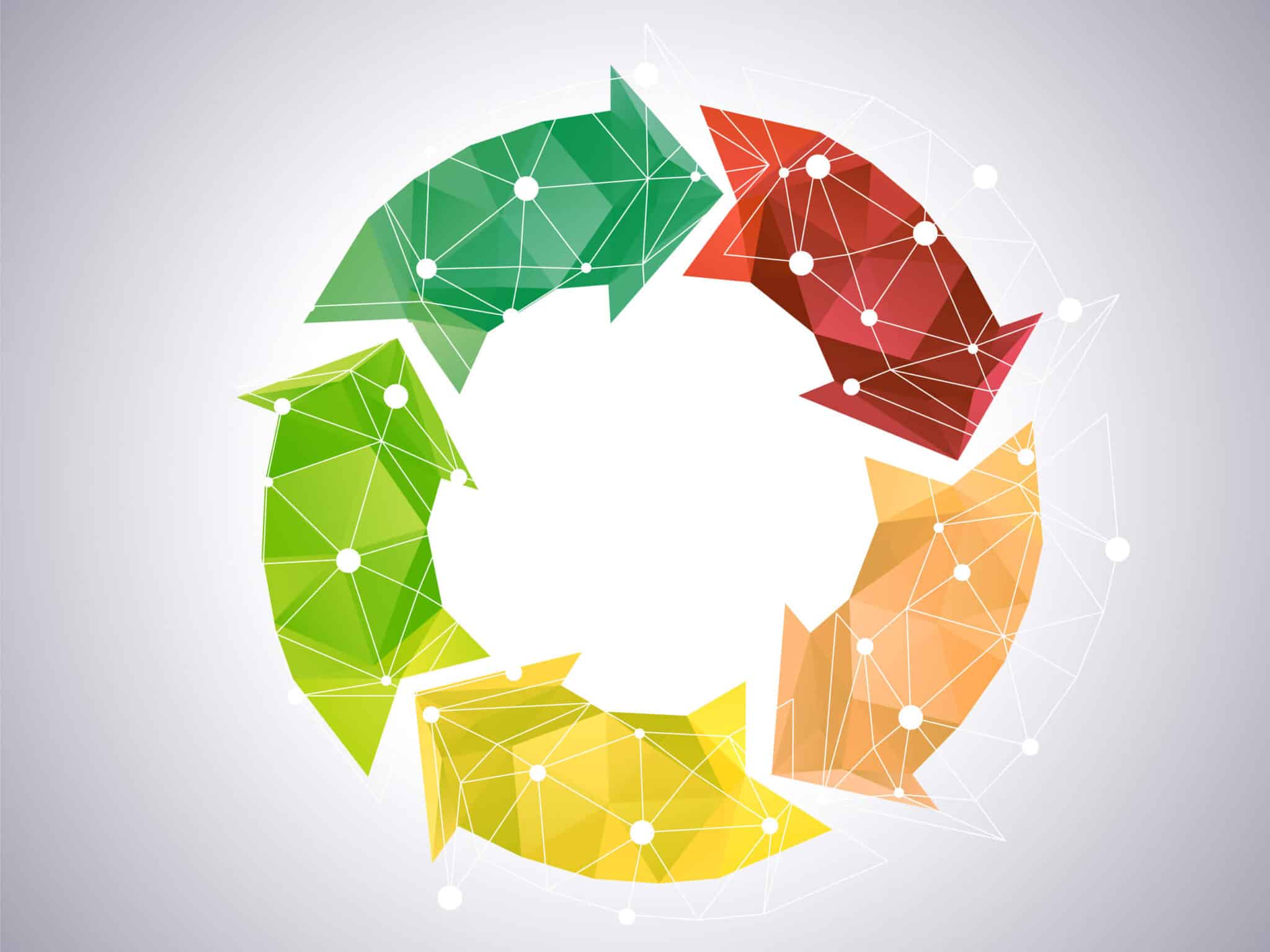In today’s business world, using technology strategically has become really important for companies that want to do well and come up with new ideas.
Especially for smaller and medium-sized businesses trying to figure out the digital side of things, the Technology Lifecycle Management process is like a helpful guide to make things work better and grow sustainably.
In this journey, we’ll look into Technology Lifecycle Management, breaking down what it means, clearing up common misunderstandings, and shining a light on the great benefits and basic parts that make up this important business process.
What is the Technology Lifecycle Management?
Technology Lifecycle Management (TLM) is a smart strategy that organizations use to handle their IT stuff effectively. It covers important steps, starting from planning to using and technological asset lifecycle management.
TLM includes clear rules and plans, like policies and procedures, to predict what the organization will need in the future and keep up with tech changes.
Picture it like a roadmap for your technology, ensuring it fits the organization’s needs at every stage. TLM guides the journey of each piece of tech, from the first idea to when it’s not useful anymore.
It’s all about being smart at each stage, making sure the tech works well, and planning for what’s coming next. The technology lifecycle is like the journey of any piece of tech, emphasizing the importance of having plans that match the organization’s changing needs.
This is why TLM matters – it helps organizations stay efficient and sustainable by adapting their tech strategies and business objectives to keep up with the times.
The Risks of Not Managing Your Technology Lifecycle
When it comes to Technology Lifecycle Management (TLM), not paying attention can bring some serious problems for organizations. Let’s break down the real risks:
- Missed Growth Opportunities: Ignoring tech lifecycles might mean missing chances to grow and innovate, making your business less competitive and possibly losing customers.
- Problems with Business Operating Systems: If you don’t handle your tech’s lifecycles well, it could mess up how your business works. This might lead to late deliveries, unhappy customers, and a damaged reputation.
- Security Issues: Relying on old technologies makes it easier for bad people to break in. This can mean your customers’ data is at risk, leading to lawsuits, lost trust, and customers leaving.
- Not Following Rules: Ignoring tech updates might mean breaking industry rules. This could lead to legal trouble and fines, and it might make customers not trust you.
- Data Loss and Productivity Problems: Without a good plan for your tech, you might lose important data, have times when things stop working, and find it hard to get stuff done. This could mean frustrated customers, missed business chances, and higher costs.
- More Risks Overall: Skipping a good plan for your data can bring big risks in how you handle info and keep it safe. This could hurt your reputation, make customers leave, and make you an easier target for cyber threats.
Why Technology Lifecycle Management Is Important
Technology Lifecycle Management strategy is important for organizations for a few key reasons. TLM helps businesses plan for the future by creating strategies that match the changing needs of technology.
It also helps organizations make smart decisions about buying and using tech, cost savings and making things work better in the long run. TLM is crucial for avoiding problems with old tech, like security issues or breaking rules.
Plus, it gives leaders useful information about how tech is used so they can decide when to upgrade or get new stuff. In a nutshell, TLM is vital for organizations to stay competitive, safe, and efficient in today’s ever-changing tech world.
The 4 Phases of the Technology Life Cycle
Navigating the life cycle of technology involves four distinctive stages, each shaping the evolution and impact of innovations: the Innovation Stage, Growth Stage, Maturity Stage, and Decline Stage.
Innovation Stage
Technology starts its journey in the Innovation Stage. This is where smart people work hard to create new things and introduce them to the world. It’s like the exciting beginning of a tech adventure, with lots of research and development to make something cool and useful.
Growth Stage
After the Innovation Stage comes the Growth Stage. Now, the technology is catching on and becoming popular. More and more people start using it because they see how handy it is. It’s like the tech is going through a growth spurt, gaining lots of new friends and fans.
Maturity Stage
As time goes on, the technology moves into the Maturity Stage. It’s now a regular part of life for many people. Things slow down a bit – not many big changes happen. Instead, people focus on making the tech work even better. It’s like the tech has found its groove and is here to stay.
Decline Stage
Eventually, every tech has its time, and it enters the Decline Stage. This is when newer, shinier technologies show up, and the old one isn’t as popular anymore.
People and companies move on to something else, and the old tech isn’t in the spotlight like it used to be. It’s the way tech evolves, always making room for the new.
Contact Succurri for All of Your Business Tech Needs
As you ride the waves of your business tech journey, think of Succurri as your tech-savvy ally. We’re not just an IT company; we’re your go-to partner for managing the entire lifecycle of your technology.
From those early innovative sparks to the stable and mature phases, Succurri has the expertise to guide you through. We specialize in tailoring solutions that fit your business’s evolving needs, ensuring smooth sailing through every tech stage.
Let Succurri be the compass for your tech journey – reach out today, and let’s steer your business towards tech success!






